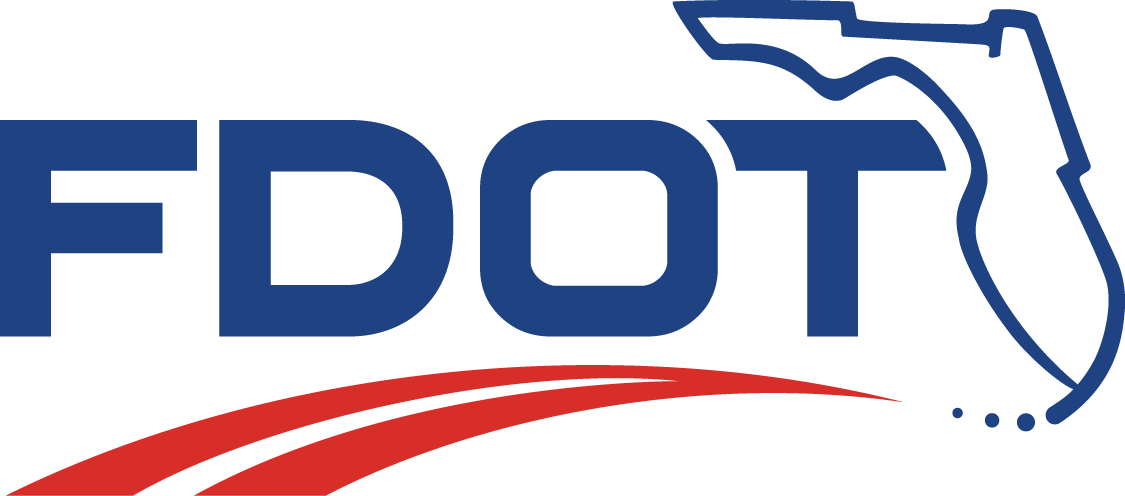Speeding and Aggressive Driving
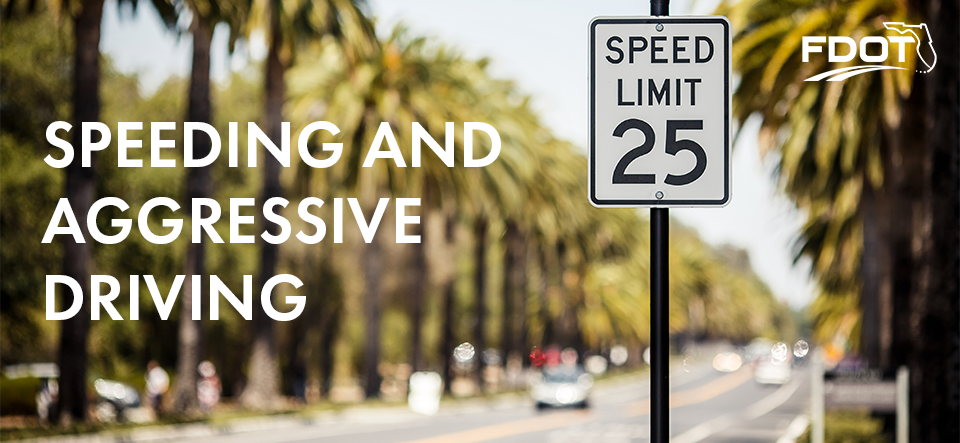
For more than two decades, speeding has been involved in approximately one-third of all motor vehicle fatalities. Speed also affects safety even when driving at the speed limit but too fast for road conditions, such as during bad weather, when a road is under repair, or in an area at night that isn’t well lit. Speeding and aggressive driving endangers not only the life of the speeder, but all of the people on the road around them, including law enforcement officers. Stop Speeding Before it Stops You.
- Speeding is more than just breaking the law. The consequences are far-ranging:
- Greater potential for loss of vehicle control;
- Reduced effectiveness of occupant protection equipment;
- Increased stopping distance after the driver perceives a danger;
- Increased degree of crash severity leading to more severe injuries; and
- Increased fuel consumption/cost.
- Speeding behavior and aggressive driving not only affects the speeder—it can also affect other drivers, pedestrians, and bicyclists. Here are some tips for when encountering speeders on the road:
- If you are in the left lane and someone wants to pass, move over and let them by.
- Give speeding drivers plenty of space. Speeding drivers may lose control of their vehicle more easily.
- Adjust your driving accordingly. Speeding is tied to aggressive driving. If a speeding driver is tailgating you or trying to engage you in risky driving, use judgment to safely steer your vehicle out of the way.
- Call law enforcement if you believe a driver is following you or harassing you.
Resources
Tip Cards
Speeding Tip Card ( English and Spanish)
Aggressive Driving / Road Rage Tip Card
Social Media Graphics
Speeding - English
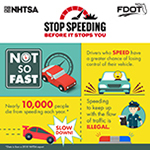 | 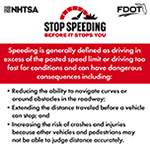 | 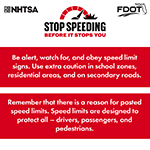 |
Speeding - Spanish
 | 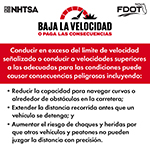 | 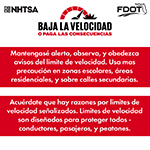 |
Aggressive Driving
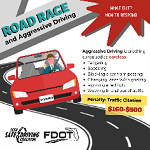 | 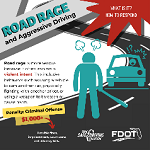 | 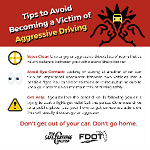 |
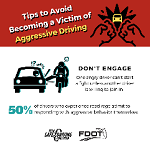 |  | 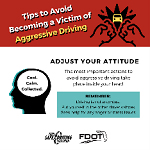 |
Approved Safety Messages for DMS
for more information, click here: www.fdot.gov/traffic/trafficservices/dms/freeways
 |
 |
 |
Additional Resources
Speeding / Aggressive Driving Grant Funding

